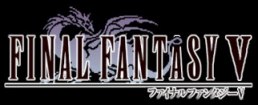
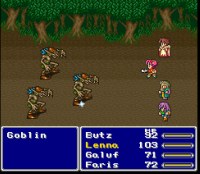
| |
For a reason only known to Square, this was never released in the
west...
|
Eighteen months after unveiling Final Fantasy IV,
and irrevocably changing what Japanese gamers expected
from a console RPG, Square was back again with a new chapter
in the series. With its seemingly unbeatable track record,
some people were beginning to wonder if Square could maintain the
same level of quality and imagination in its games. As Final Fantasy V
proved, the answer was yes.
Probably the darkest of the Final Fantasy games to date, Final Fantasy V
was set in a world where the elemental crystals that protected
it from evil were breaking, and all hope seemed lost. The
story began with the King of Tycoon, sensing something wrong
and travelling to the Shrine of the Wind Crystal. Sadly, when
he arrived, the Crystal shattered into a million pieces, and the
wind died. That, however, was only the start of his problems.
Final Fantasy V featured one of the most unpleasant
villains ever to appear in a Final Fantasy game - both
devious and insane - and the result was a very downbeat
story, with major characters getting killed throughout
the story, the world exploded and more. As the unfortunately
named Butz, the hero of the story, it was up to the player
to try to sort everything out across no less
than three worlds.
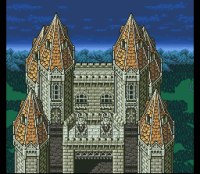
|
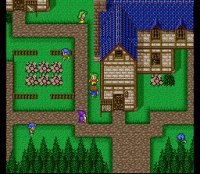
| |
Rumours say it was going to be released in the west as Final Fantasy Extreme in 1995...
|
...but nothing ever materialised until Final Fantasy Anthology was released in 1999 for the PSX.
|
With Final Fantasy V, Square upped the ante and filled up
a 16Mb SNES cartridge with one of the best Final Fantasy
games to date. The links between this and the previous
titles were both the Final Fantasy name and many common
elements in the gameworld.
Final Fantasy V combined these elements from the systems
used in the earlier releases, and added a few unique twists
of its own. Once more, the player controlled a party of
four characters, with their fixed identities tied into the
background story and plot. This time, though, instead of
each character having established class, they could be switched
around, enabling players to create a customised party. As
players moved through the game, they discovered special
crystals containing the souls of dead heroes, each of which
enabled access to new character classes - over 20 in all. At any
time outside of combat, each character could be
changed from one class to another, learning more
skills and abilities as they went. By mastering different
classes, elements from each could be combined to form a unique
mixes of abilities.
This clever game system was a major pull for RPG fans, with
the inevitable result that Square had another his on its hands.
Sadly, though, Final Fantasy V was never translated into English,
and no US version was ever released until the release of Final Fantasy Anthology
on the PlayStation in 1999.
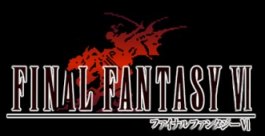

| |
Final Fantasy VI was the most successful RPG released in North America
at the time (released as FF III)... and in Japan, sales were enormous.
|
Another 18 months later, the Final Fantasy series returned in what
was to be its last outing on Nintendo's SNES. The chaotic scenes upon
its release in 1994 were a sign of things to come, and there are many
long-term fans for whom Final Fantasy VI remains the favourite of the
series.
One of the first 24Mb SNES cartridges, Final Fantasy VI was a huge success
in Japan. Square squeezed every last ounce of performance out of the
machine, pushing its graphics and sounds to the limit. All the
special effects that the SNES could manage were packed in, as was some
of the best music ever to grace the machine.
Replete with the most tortuous and involved plot in the series so far,
Final Fantasy VI was also the first to introduce the blend of magic
and technology to the series, a combination that was used again to great
effect in Final Fantasy VII, and as a central aspect to Final Fantasy VIII.
The game takes place in a world that was almost destroyed a thousand
years previously, when evil powers created magical beings
called Espers and pitted them against each other. Now, though a new civilisation
had arisen, one based on technology and science, where magic was just
an evil legend. As the Empire heard rumours of an Esper
encased in ice, and sent soldiers to investigate. When the soldiers
found the Esper, a strange glow surrounded them, killing all but
a women called Terra. Upon awakening, she discovered that the Empire
had been controlling her thoughts, and that magic was once again
being reported.

|

| |
Square squeezed every last ounce out of the humble SNES...
|
...indeed, Final Fantasy VI still remains the best in many fan's hearts
today.
|
This was just the beginning of a story of epic proportions, which
encompassed around 40-50 hours of gameplay. Final Fantasy VI dropped
the innovative class-changing systems for a simplified version similar
to that in use in Final Fantasy VII, and instead concentrated on the
narrative atmosphere and multiple plot threads. Some hardcore
players accused Square of making the title too easy, but even then they
had to agree it was a stunning achievement.
Final Fantasy VI was released in North America to a greater success than was
expected. For the second time, though, it was decided to stick
to the different numbering system, and so the North American version was called
Final Fantasy III.


|

